There are a couple of major hurdles we have when it comes to our Farming #realfarm in Eagle Mountain. We are located in what is classified as the high desert. The main native plants are sage brush, rabbit brush, and juniper trees. We have to constantly fight water and soil fertility.
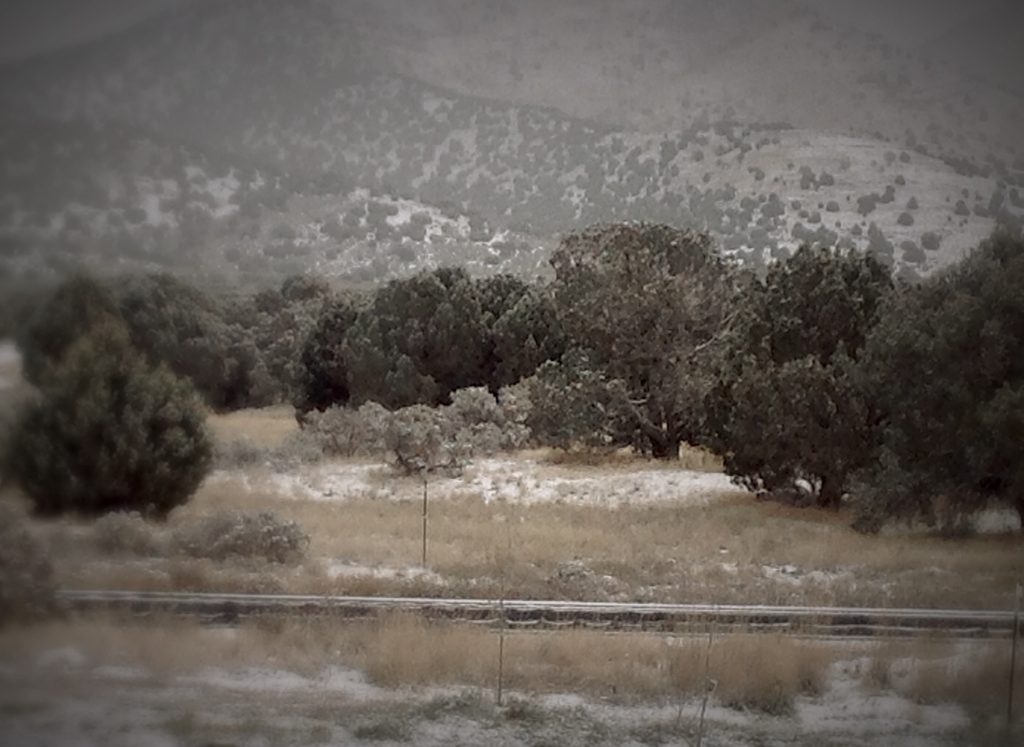
The vistas and views are breath taking, but trying to grow no native plants can be an issue. The valley at one point was one of the largest producers of grain for the Lehi Roller Mills. Farming can be done, but it does take some work and soil prep.
We recently started going to the farmers market in Eagle Mountain. And we plan on doing it again next year, but want to increase our produce and product offering. To accomplish this, we cleared almost another acre of our property to get ready to increase our production next year.
So we started the task of expanding our growing area as well as increasing soil fertility. In the middle of it, we had an equipment issue. Big Blue our trusty tractor had a tire issue. Basically the rim on one of the big tires rusted through. I was able to weld the rim, but now the tire will not take a seal. There are a few options we have to get it fixed, but we also would like to buy different equipment. So the repair is on hold while we figure out if we want to pay for repairing big blue, or buy new equipment. Big blue is after all is almost as old as I am, he was born in 1972. (Side note, I think we will just buy a tube for this tire and use it instead of worrying about the seal.)
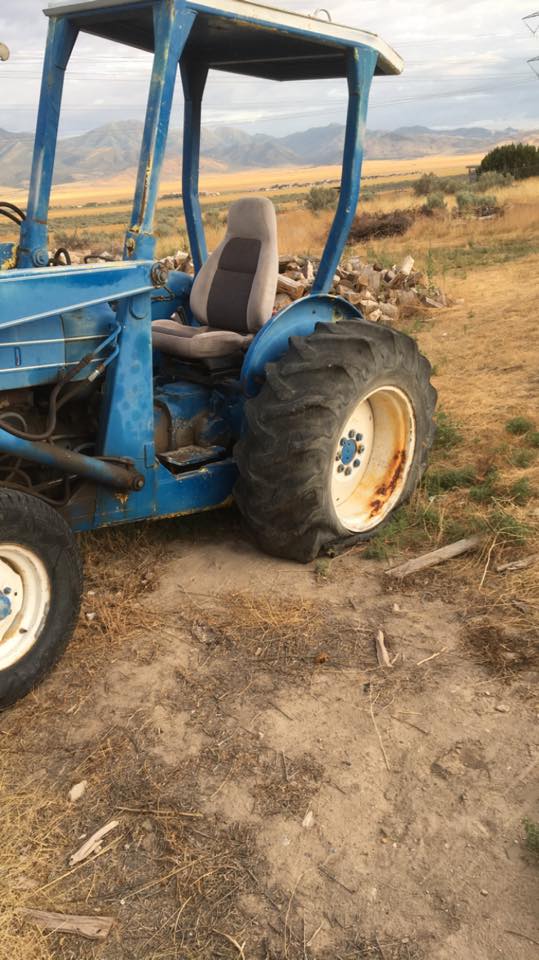
So we now need a different way to move manure from our neighbors property to ours. We would run big blue between our property and theirs in the past. That was an option that was not available right now. We also need to get the manure and other things to help with soil fertility before the snow falls.
So, we rented a dump trailer (another one of the things we would like to purchase), hooked it up to the van and then started the process of loading it by hand and then dumping it in an area so we could use it to work the soil for the expansion for next year.
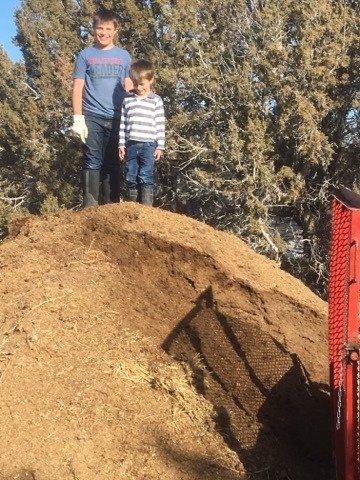
So I loaded the farm boys up in the van, hooked up the dump trailer and went over to the neighbors to move as much manure as possible.
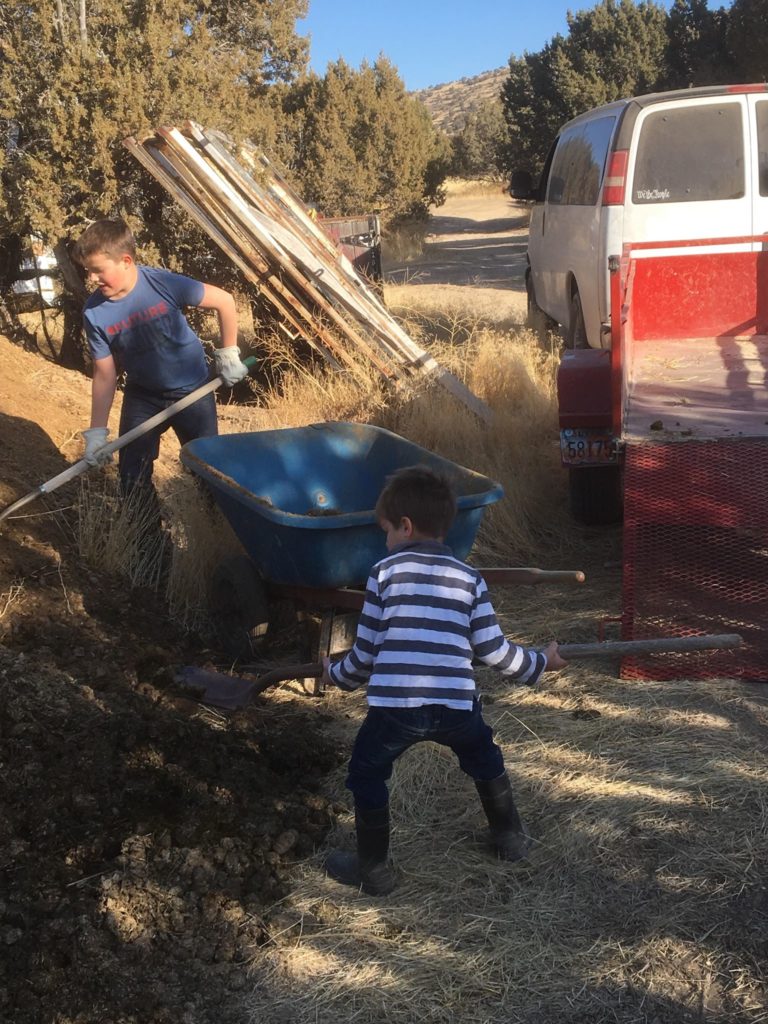
We then spent a good chunk of the day loading the dump trailer, pulling it back to the farm and dumping it. We were able to get 4 loads of manure. One of our daughters helps the neighbor by mucking out their horse stalls every day. So I left the trailer there and she filled it during her regular mucking activities. We were able to get an additional 2 loads of manure using this method as well.
We will post later to let you know what exactly we are doing with 18 Cubic Yards of horse manure as we try to increase soil fertility and prepare for next years Farmers Market.

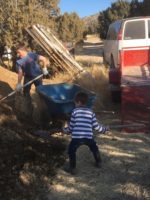
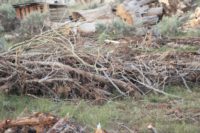
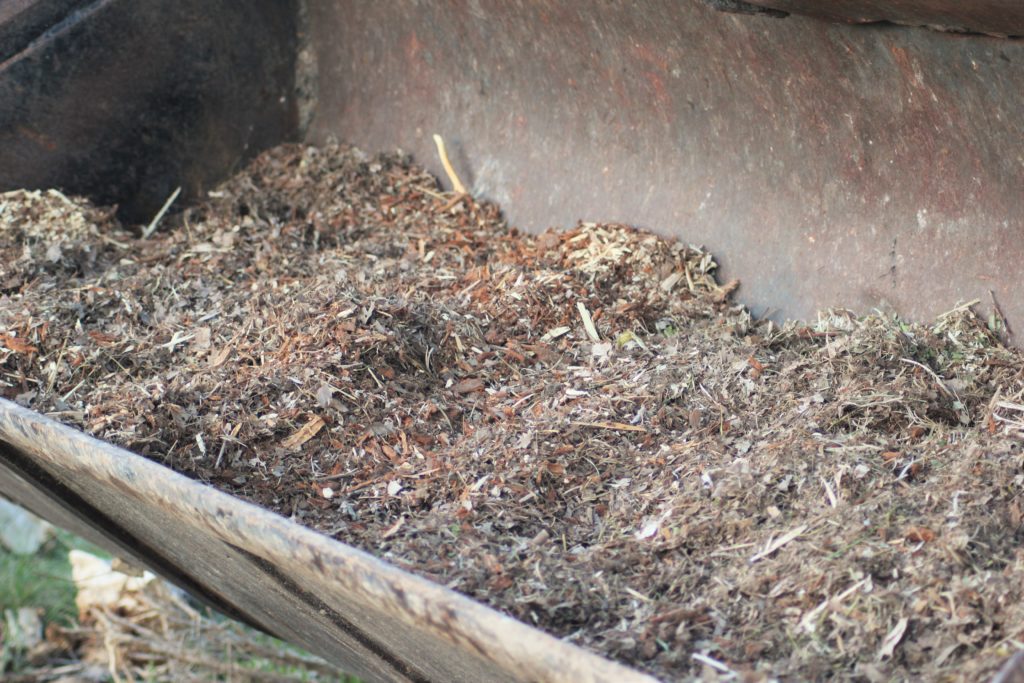

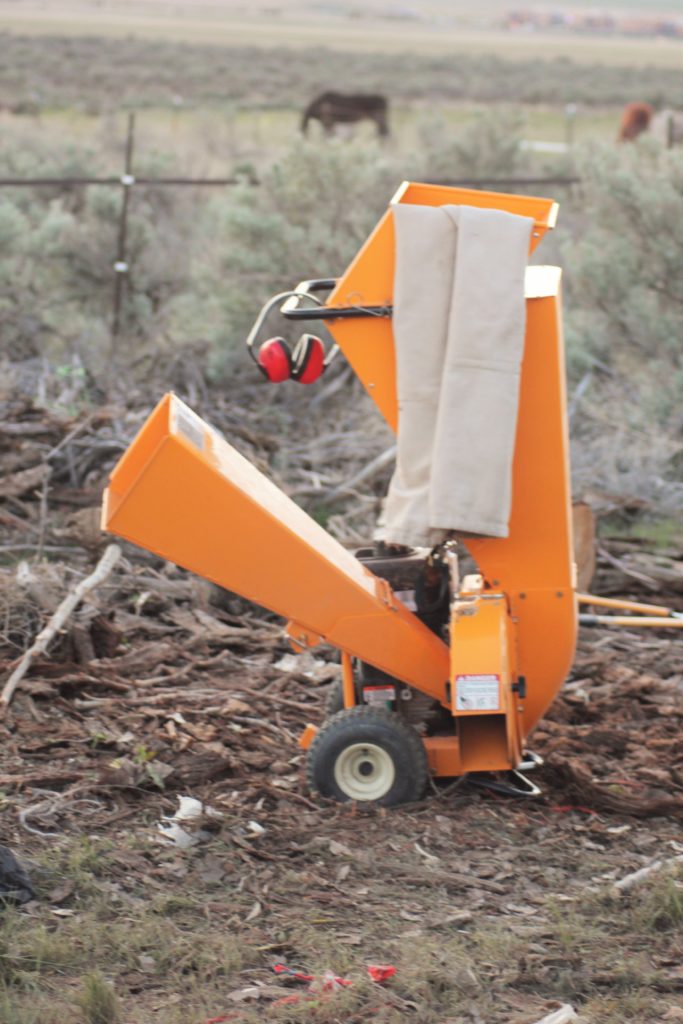
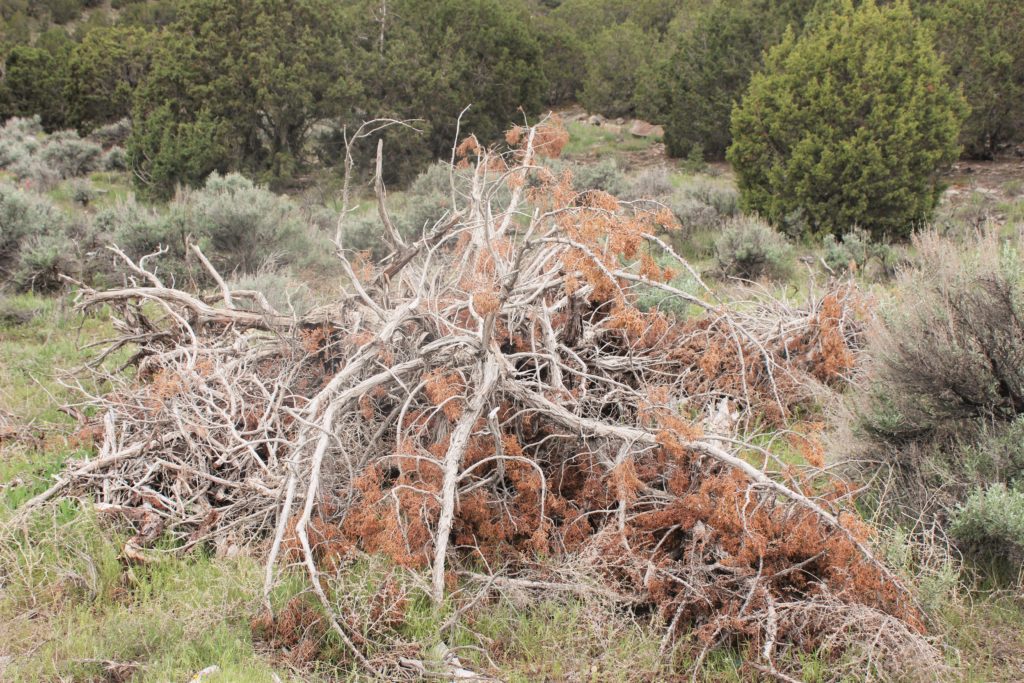
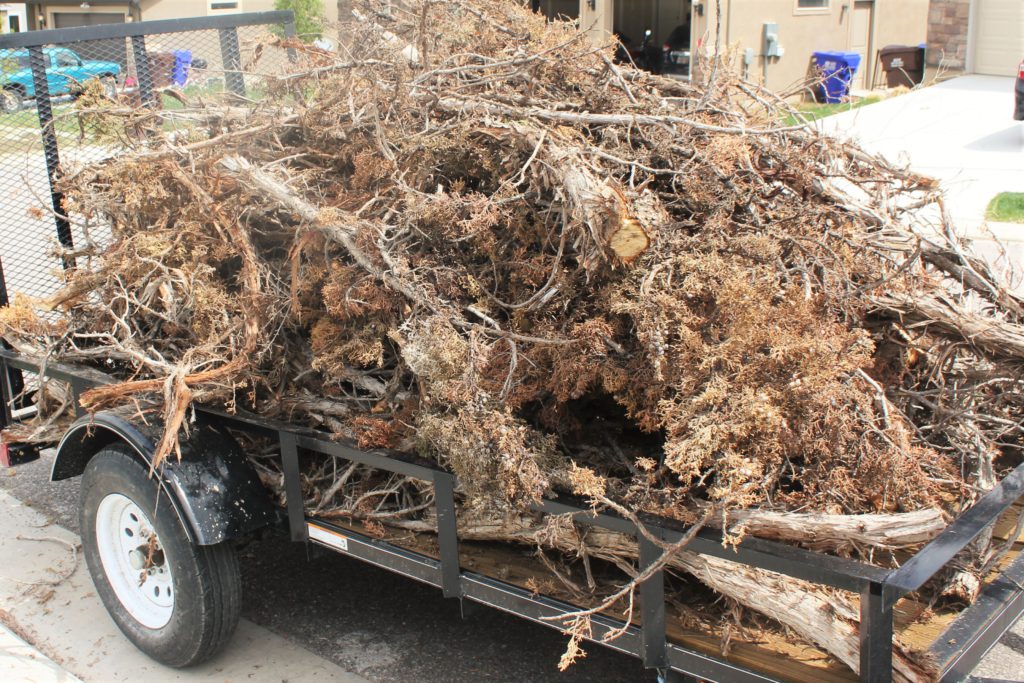
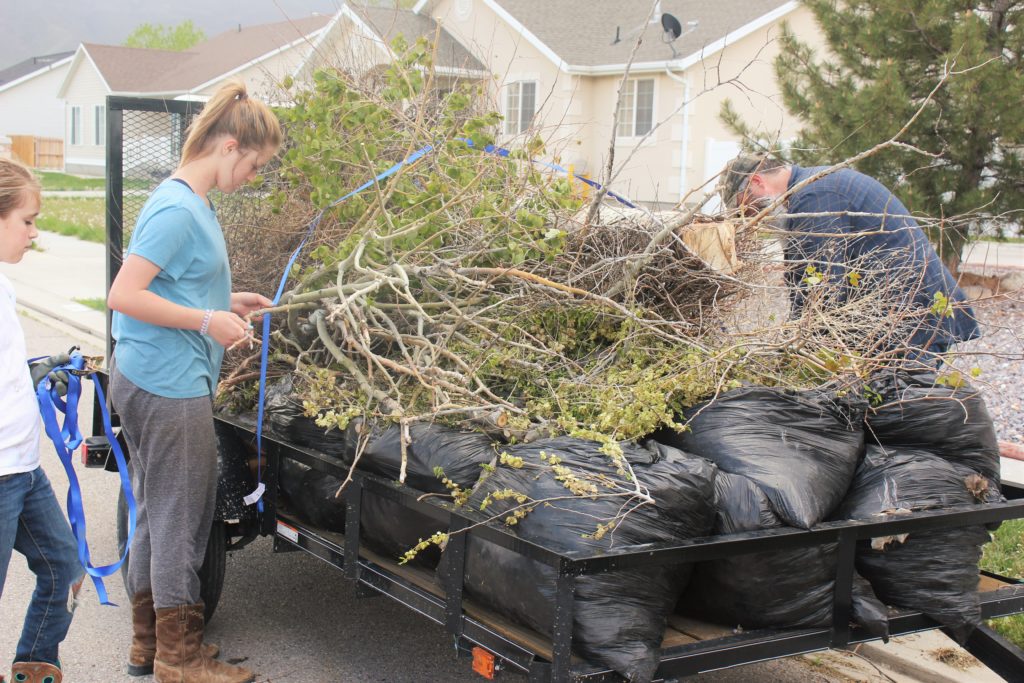
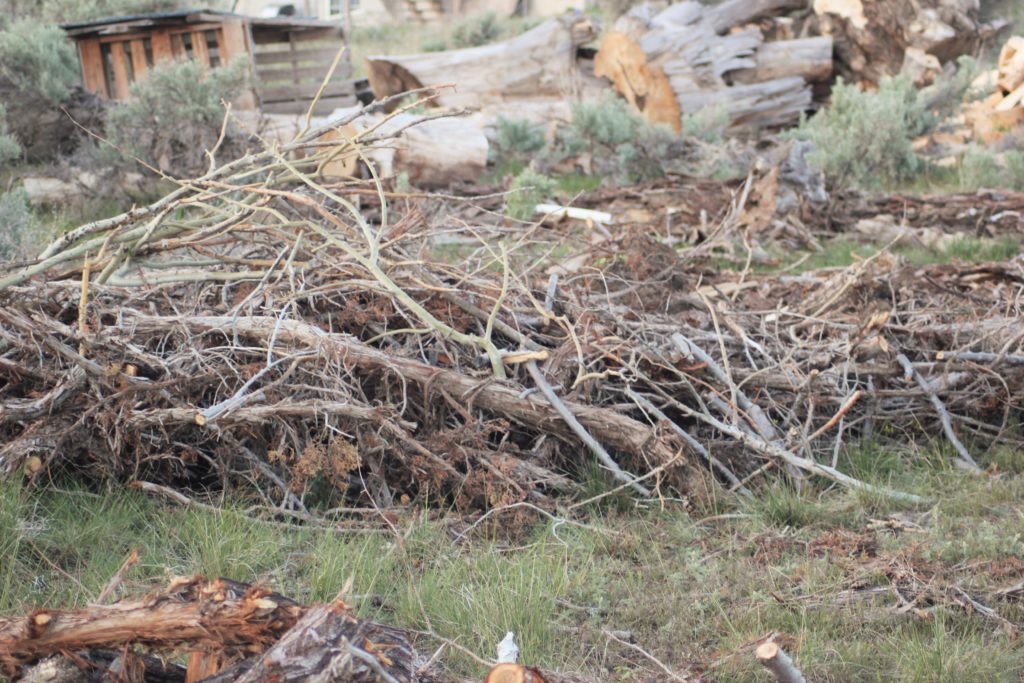
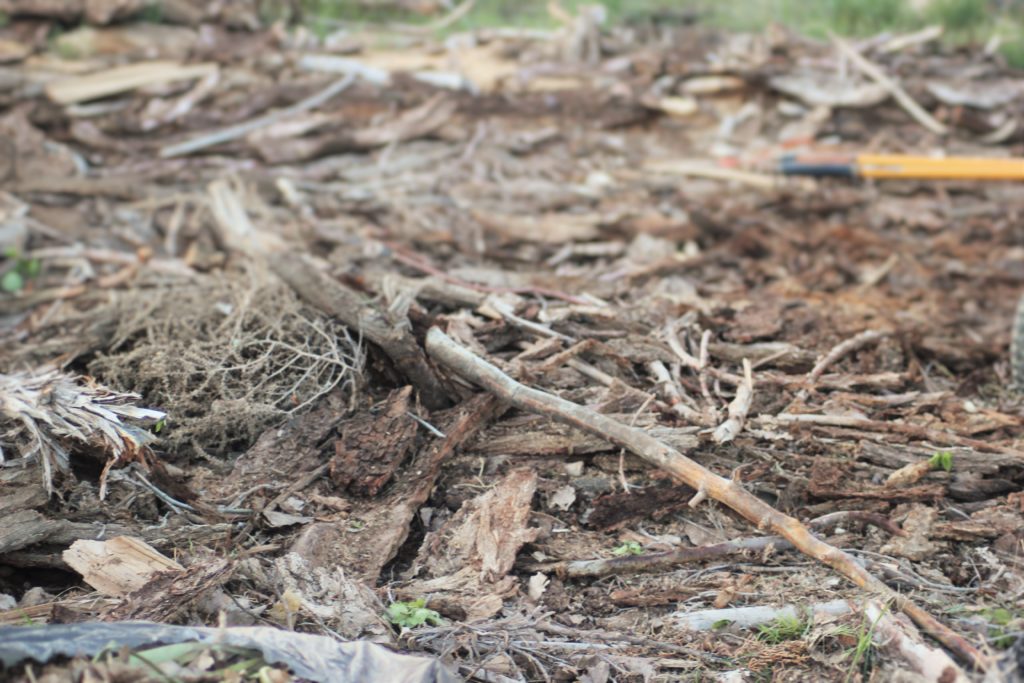
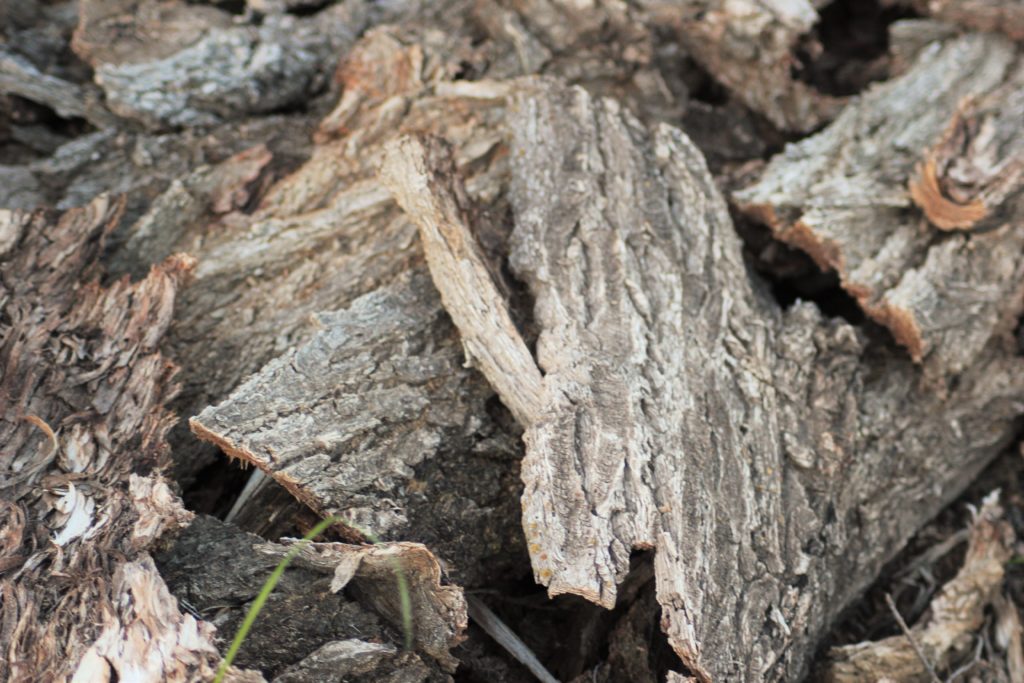
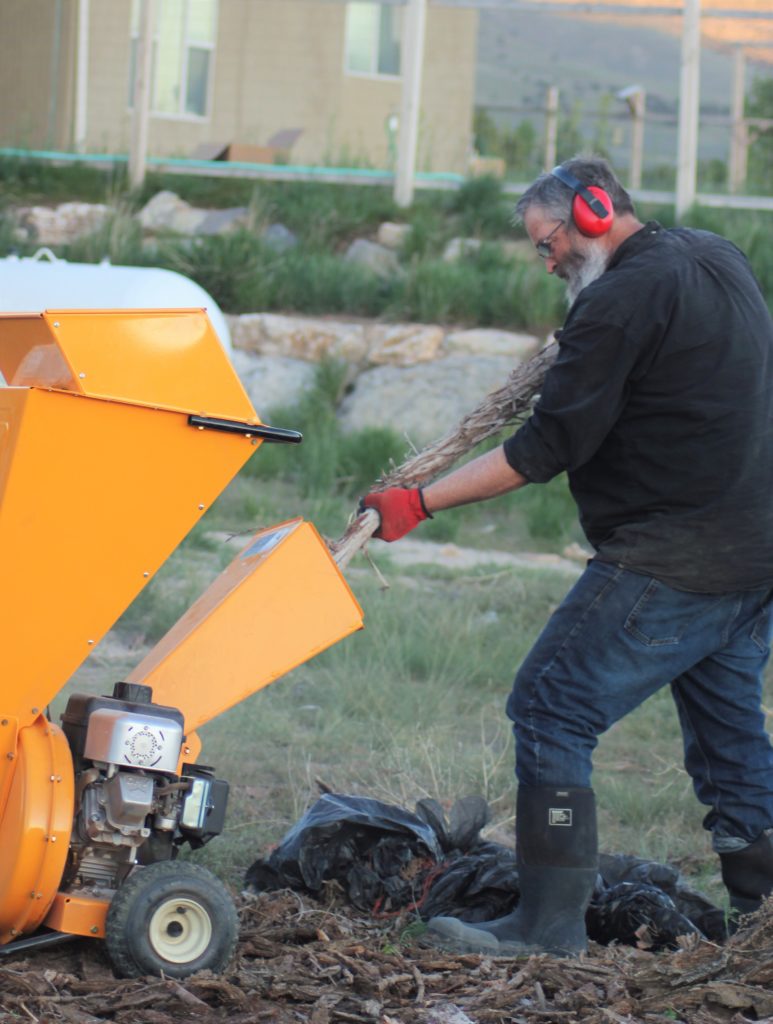
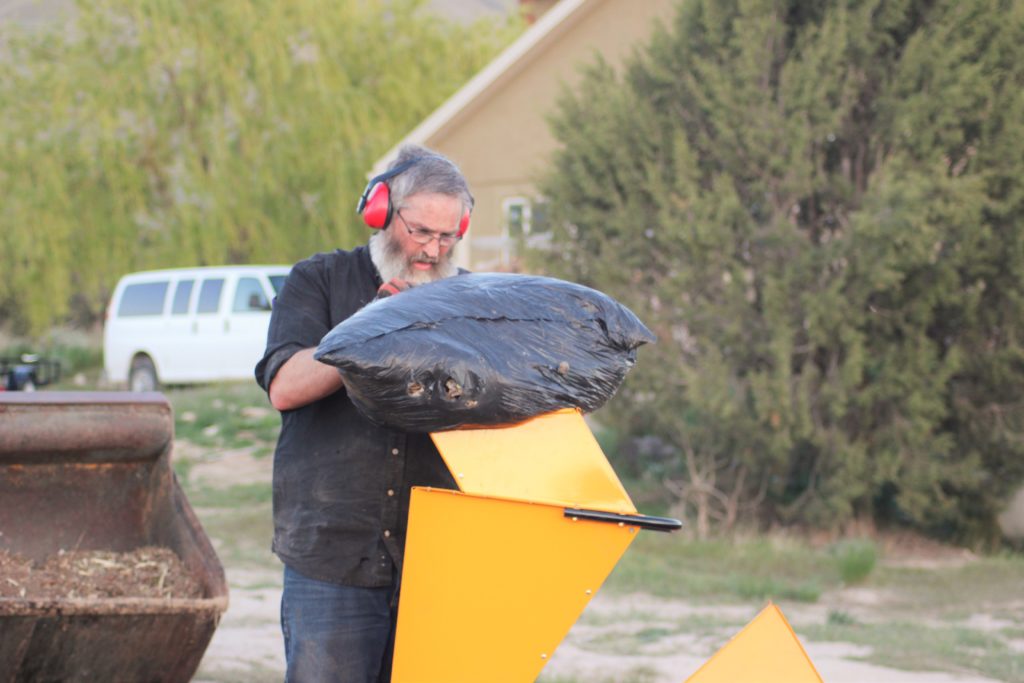
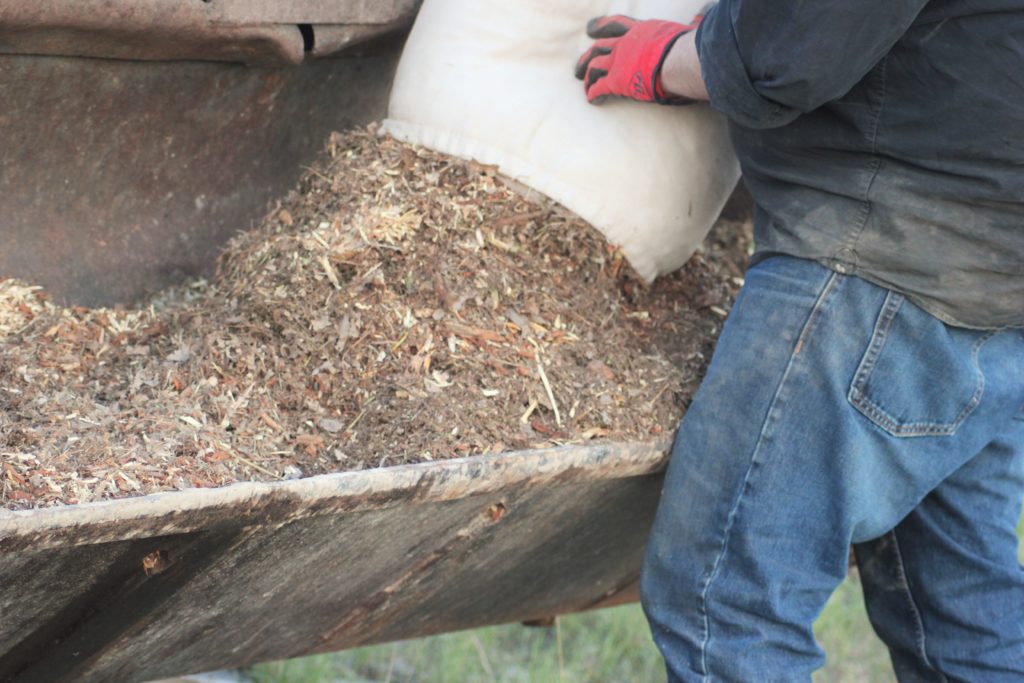
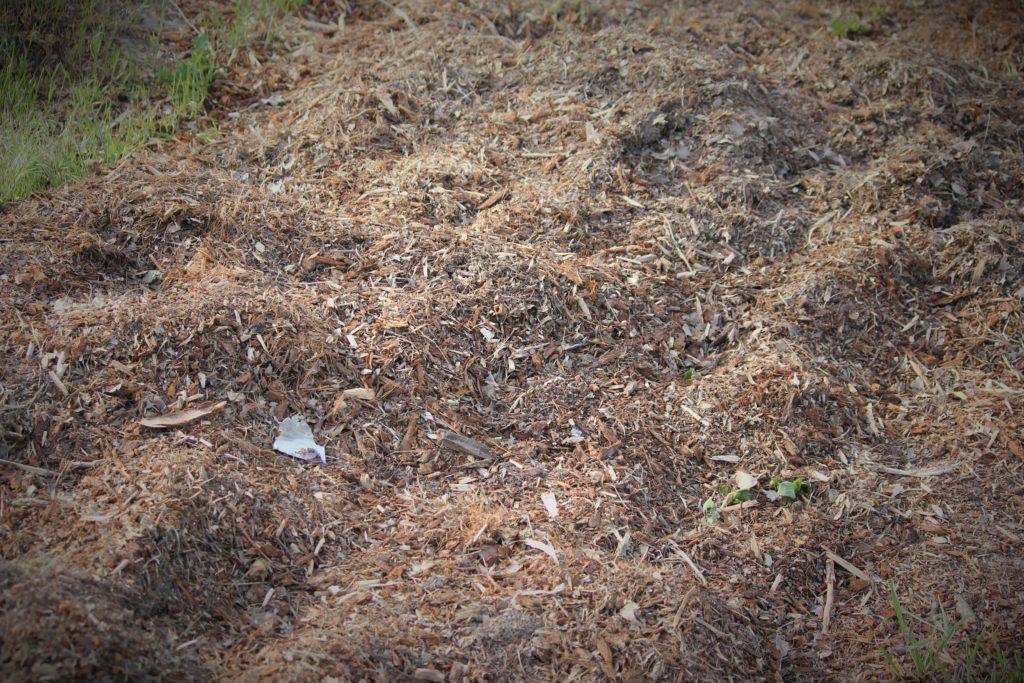
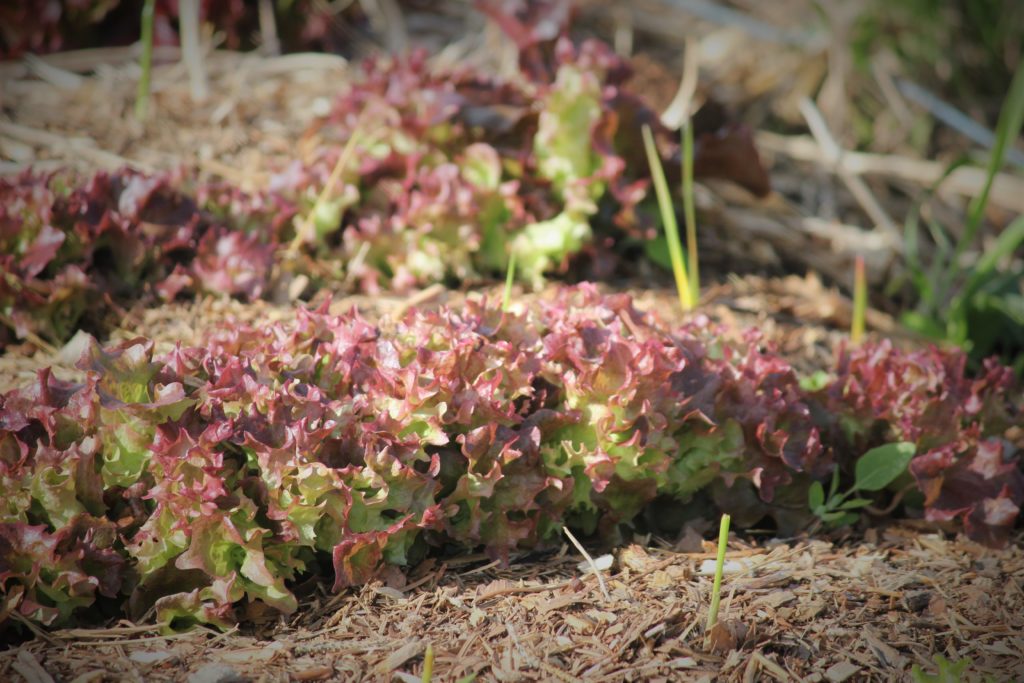
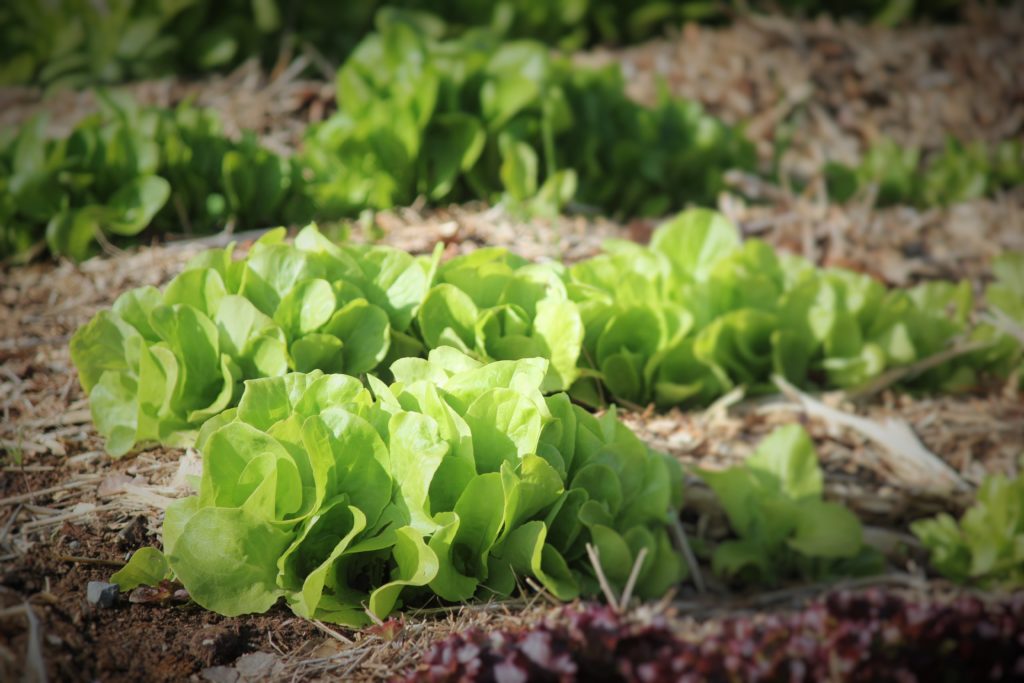
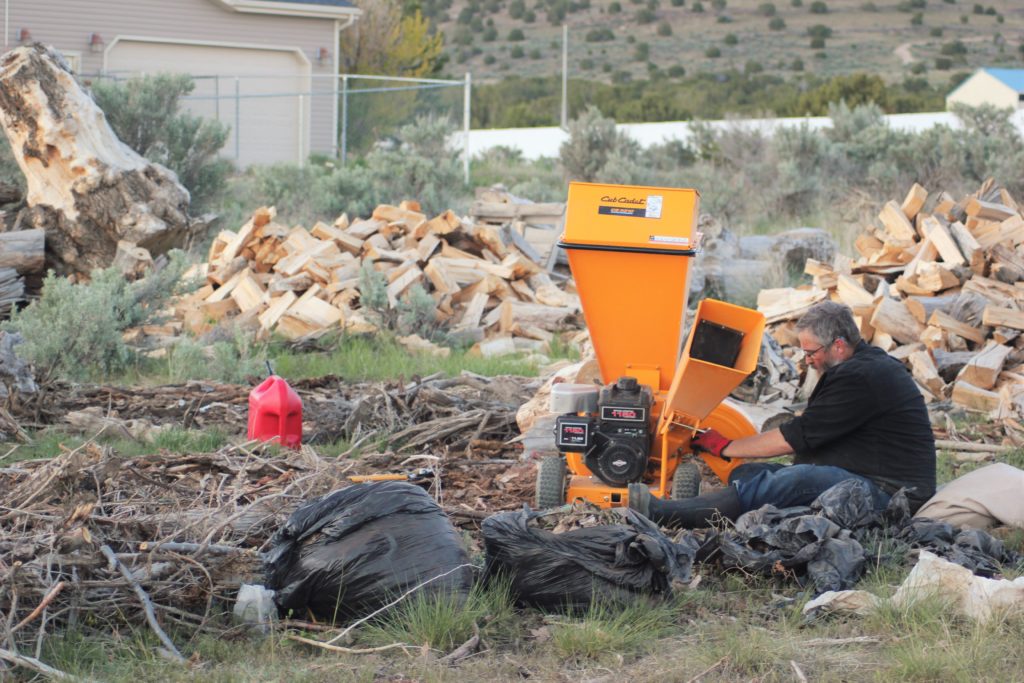

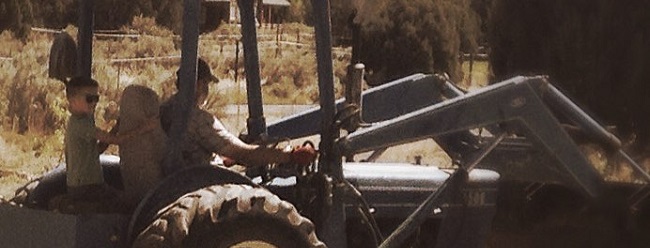 On the farm, we have our animals, and our human resources. But we also have some heavy equipment that we use. When we moved into our house we purchased a tractor. It is a 1973 Ford 4500 industrial landscaping tractor. It does not have a PTO, or anything fancy, it just has a really nice bucket on the front, and a custom made counter weight. It has become a part of the family, and has been used to do a lot of heavy lifting.
On the farm, we have our animals, and our human resources. But we also have some heavy equipment that we use. When we moved into our house we purchased a tractor. It is a 1973 Ford 4500 industrial landscaping tractor. It does not have a PTO, or anything fancy, it just has a really nice bucket on the front, and a custom made counter weight. It has become a part of the family, and has been used to do a lot of heavy lifting.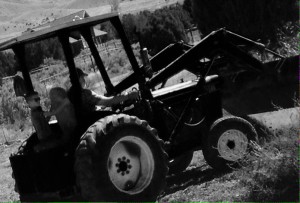 The neighbors now hear its noise and see it as background noise, like the noise of the rest of the farm. It has been a silent partner in several photos. Bottom line, this tractor has become part of the family.
The neighbors now hear its noise and see it as background noise, like the noise of the rest of the farm. It has been a silent partner in several photos. Bottom line, this tractor has become part of the family.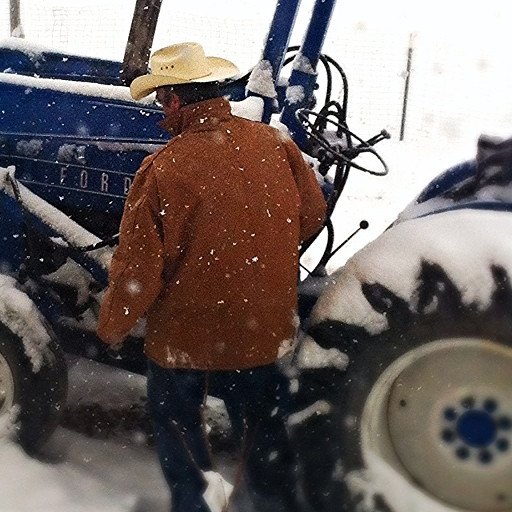
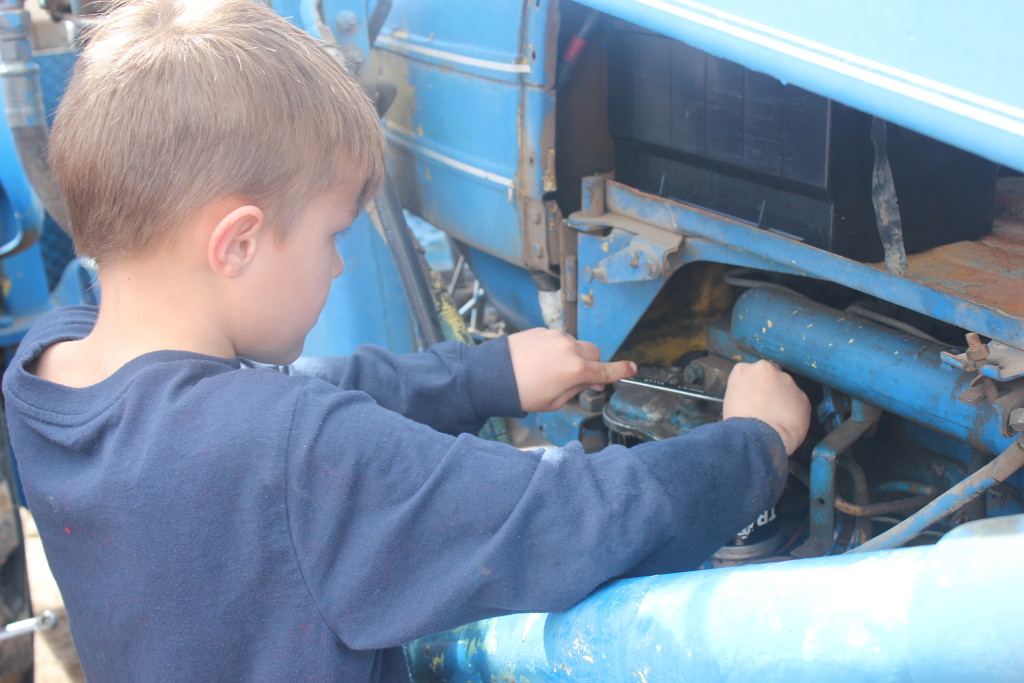
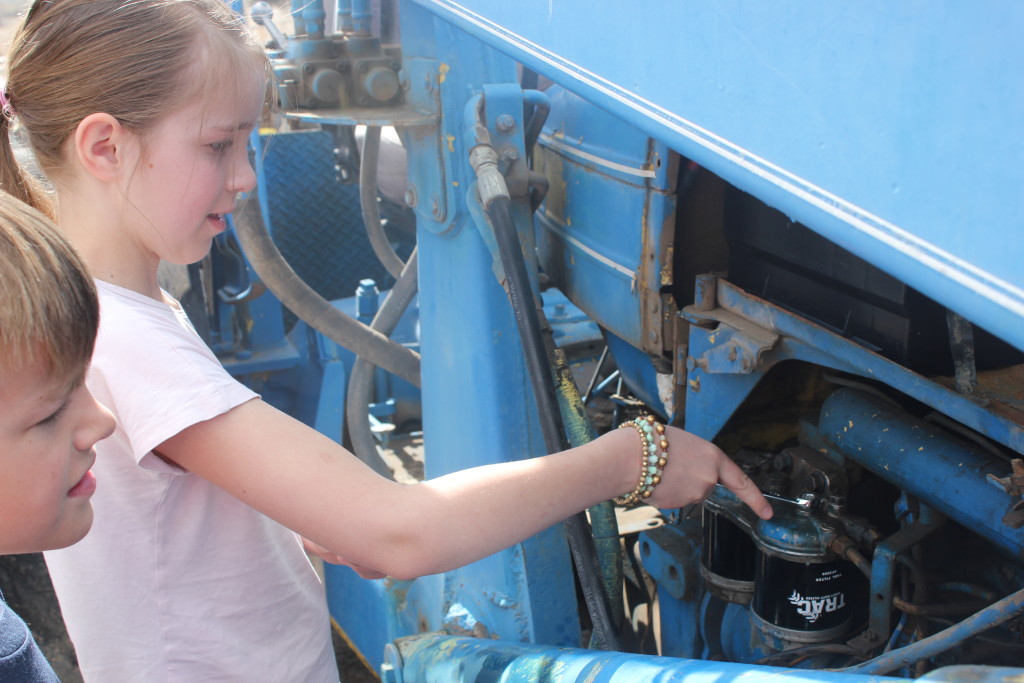
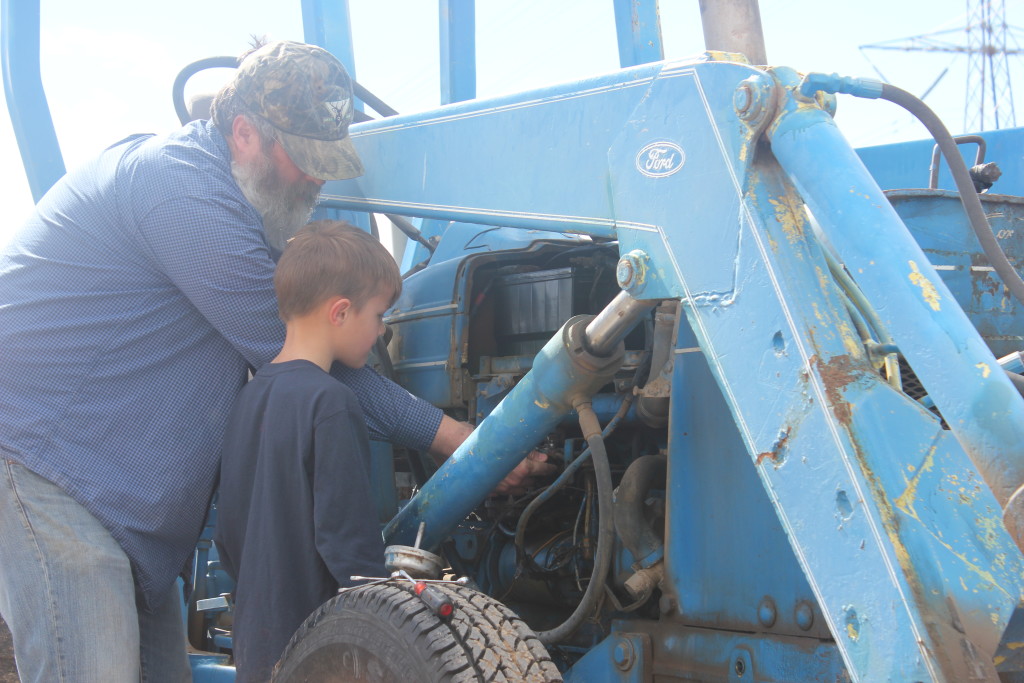
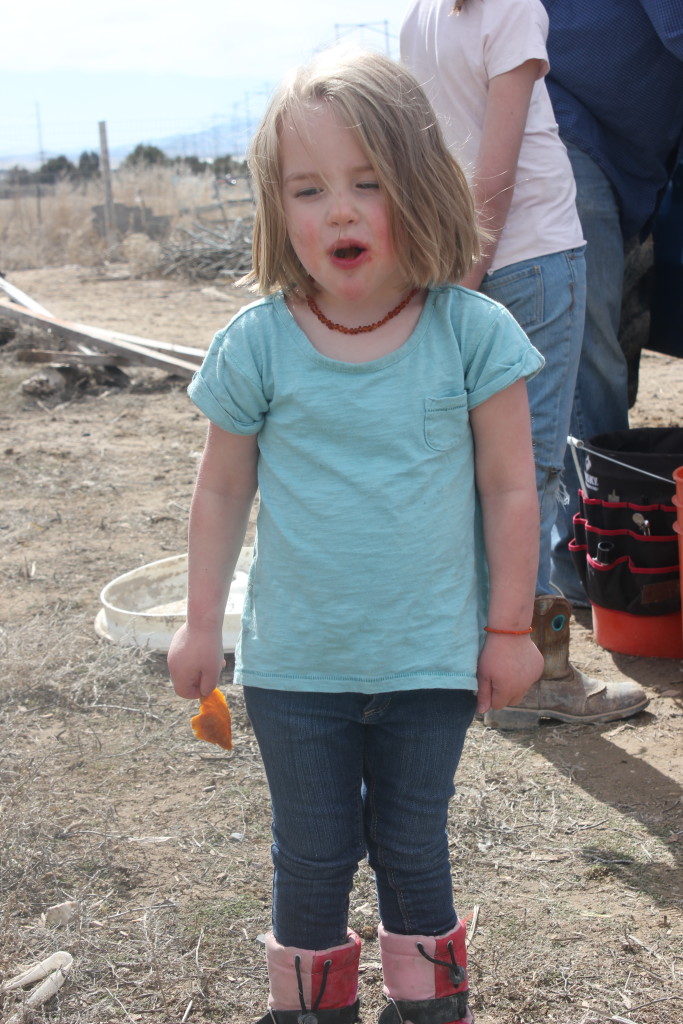
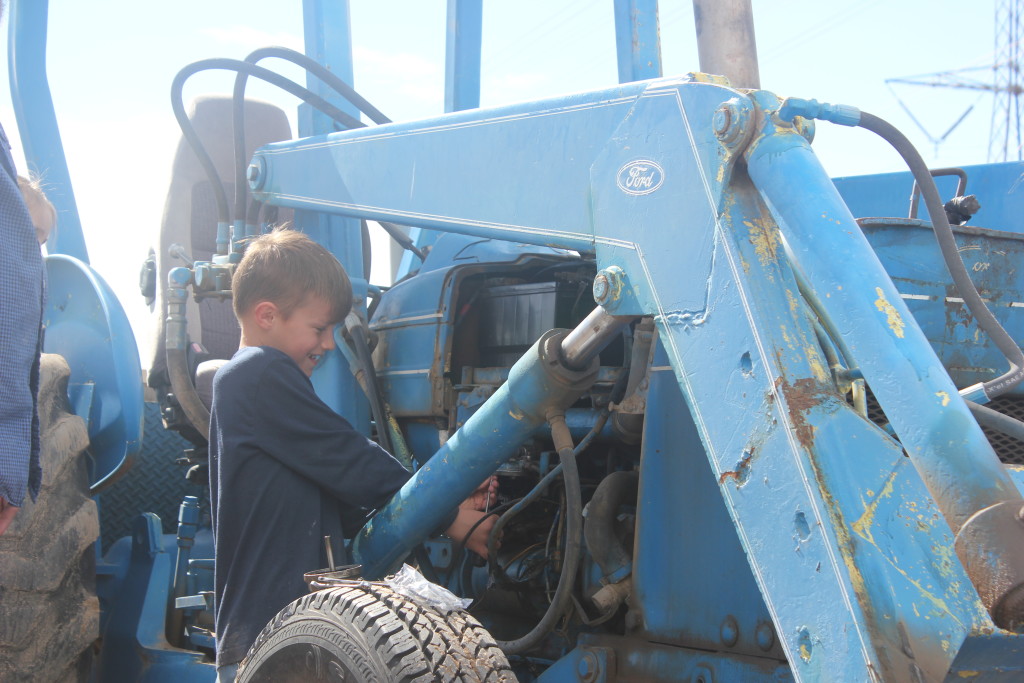
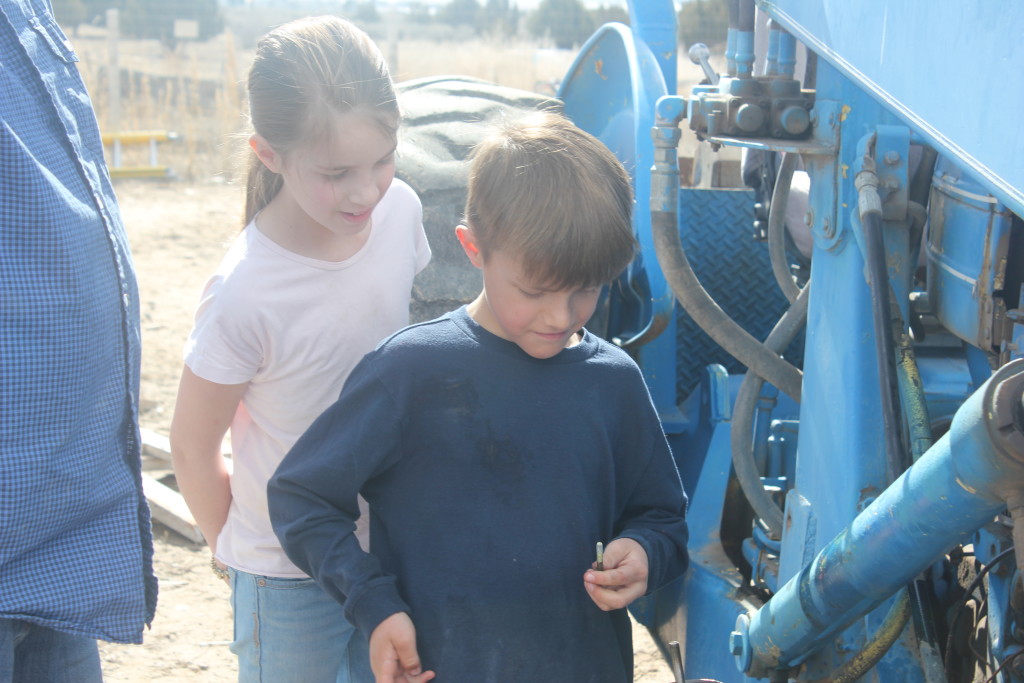
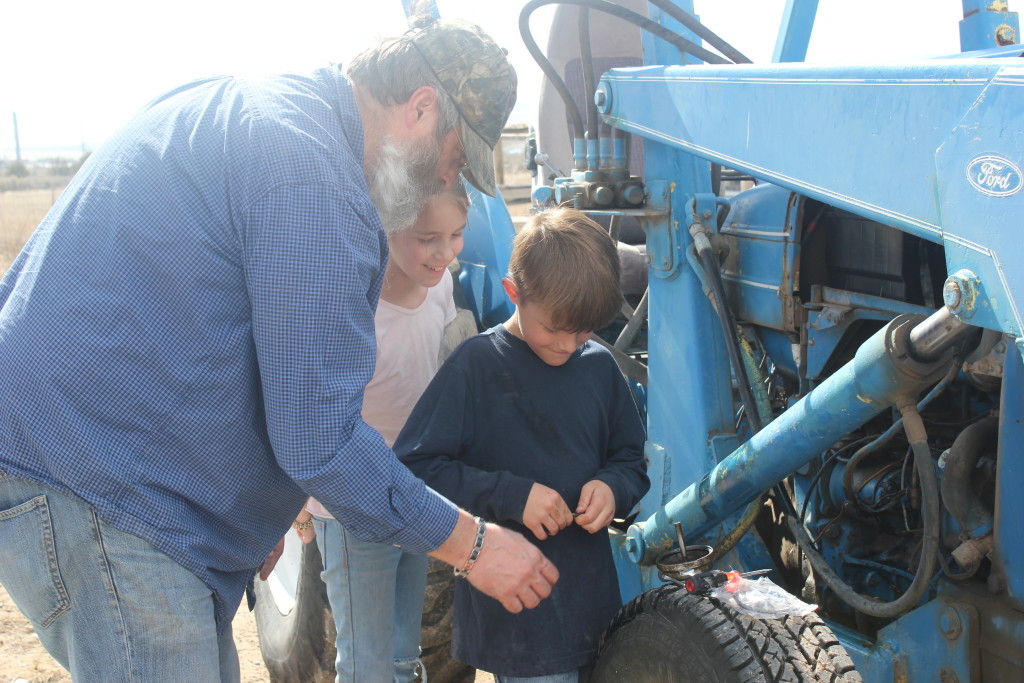 I changed the first one to show them how to do it, then gave them the tools and let them do the second one. The only part I had to help with was starting the bolts and tightening them. I was amazed at how easily the little fingers could remove the old gaskets and fit the new ones.
I changed the first one to show them how to do it, then gave them the tools and let them do the second one. The only part I had to help with was starting the bolts and tightening them. I was amazed at how easily the little fingers could remove the old gaskets and fit the new ones.